Frequently asked questions
Company News
- Fluorocarbon baked paint aluminum veneer: the "anti pollution guardian" of the aluminum industry
- Customize aluminum veneer to create personalized spatial aesthetics
- The fashionable choice for modern architecture with baked aluminum veneer, revealing its unique charm!
- 2. Create unique colors and customize aluminum veneer for a new experience. 3 Aluminum veneer customization, home decoration
- Fluorocarbon baked paint aluminum veneer: the fashion secret of the weather resistant king
Industry dynamics
- Aluminum veneer: the fashionable "coat" of modern architecture
- Fluorocarbon baked paint aluminum veneer: a new favorite of aluminum materials and a new trend in decoration
- Fluorocarbon baked paint aluminum veneer: the "fashionista" in the aluminum industry
- What is the market supply situation of aluminum veneer?
- Aluminum veneer curtain wall: the fashionable coat of modern architecture
Frequently asked questions
- Can aluminum veneer be used for building facade design?
- How to evaluate the impact of aluminum veneer's removability on the appearance of buildings?
- What are the advantages and disadvantages of aluminum veneer compared to plastic exterior walls?
- Can aluminum veneer be customized?
- How many color and texture options are available for aluminum veneer?
contact us
Mobile:+86 15627778610
Email: 2201229786
Address: No. 5 Binjiang Road, High tech Zone, Zhaoqing City, Guangdong Province
What are the sustainability indicators of aluminum veneer in building exterior design?
- Author: Supreme Building Materials (Guangdong) Co., Ltd
- Release time: February 24, 2025 01:25:00
- Click:0
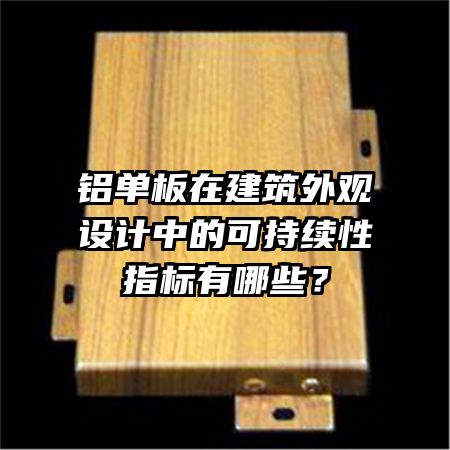
Aluminum veneerSustainability indicators in architectural exterior design
Abstract: This article will elaborate on the sustainability indicators of aluminum veneer in building exterior design from four aspects, including material reusability, energy efficiency, environmental impact, and social responsibility. By analyzing each aspect, the advantages and potential of aluminum veneer as a sustainable building exterior material are demonstrated.
1、 Reusability of materials
1. Recycling: Aluminum veneer has good recyclability and can be recycled through recycling. Abandoned aluminum veneers can be recycled and reprocessed into new sheets, reducing resource consumption.
2. Long lifespan: Aluminum veneer has a long service life due to its strong corrosion resistance and weather resistance, which can maintain stable performance under different climatic conditions. This means that aluminum veneer can be used for a long time in building exterior design, reducing the frequency of material replacement.
3. Detachability: The detachable nature of aluminum veneer makes it easier to maintain and update. When maintenance or modification is required, the aluminum veneer can be easily disassembled for repair or replacement without causing significant impact on the overall structure.
2、 Energy efficiency
1. Lightweight material: Aluminum veneer is a lightweight material that is lighter in weight compared to traditional building exterior wall materials such as bricks and concrete. This reduces the load on infrastructure during the construction process, thereby lowering energy consumption.
2. Thermal insulation performance: Aluminum veneer has good thermal insulation performance, which can effectively block the conduction of external heat. This means that in summer, the frequency of air conditioning usage can be reduced and energy consumption can be lowered.
3. Light reflection performance: The surface of aluminum veneer has a high light reflectivity, which can reflect some sunlight and reduce the heat absorbed by buildings. This helps to lower indoor temperatures, reduce the use of air conditioning, and further improve energy efficiency.
3、 Environmental impact
1. Low carbon emissions: Compared to traditional building exterior wall materials, the production process of aluminum veneer generates lower carbon emissions. Its manufacturing process does not require high-temperature sintering, reducing dependence on energy and thus reducing carbon emissions.
2. Pollution free: Aluminum veneer is a non-toxic and non radiative material that does not cause pollution to the environment and human health. During use, no harmful substances will be released, meeting environmental requirements.
3. Degradability: Aluminum veneer has good biodegradability and will not cause long-term pollution to the environment even after being discarded. Its materials can naturally decompose, reducing the pressure on landfills.
4、 Social Responsibility
1. Safety: Aluminum veneer has good safety performance and can meet the fire protection requirements of buildings. Its high fire resistance can effectively prevent the spread of fire and protect the safety of buildings and personnel.
2. Aesthetics: Aluminum veneer has diverse designs and color options, which can meet the personalized needs of building exterior design. The application of aluminum veneer can enhance the aesthetics of buildings and increase the cultural charm of cities.
3. Economic benefits: The use of aluminum veneer can enhance the value and competitiveness of buildings. It has a long service life and good maintenance performance, which can reduce maintenance and replacement costs and bring economic benefits to building owners.
5、 Summary:
In summary, aluminum veneer has many sustainability indicators in building exterior design. The advantages of its material reusability, energy efficiency, environmental impact, and social responsibility make aluminum veneer an ideal building exterior material. In the future, with the continuous promotion of sustainable development concepts, the application prospects of aluminum veneer in the construction industry will be even broader.
- previous page:What are the advantages and disadvantages of aluminum veneer compared to plastic exterior walls?
- Next page: No more

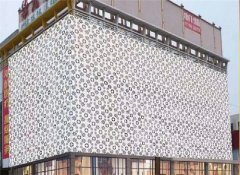
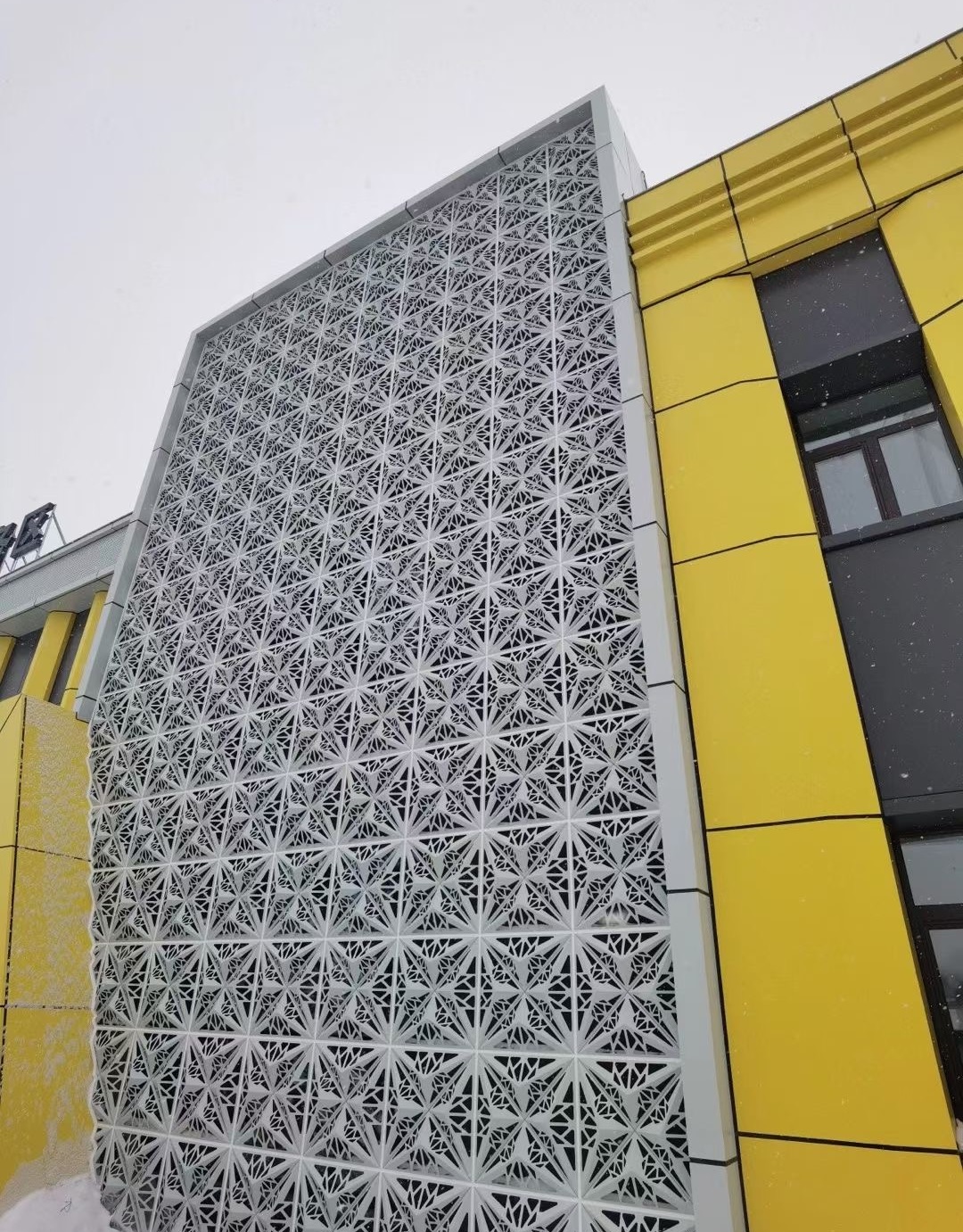
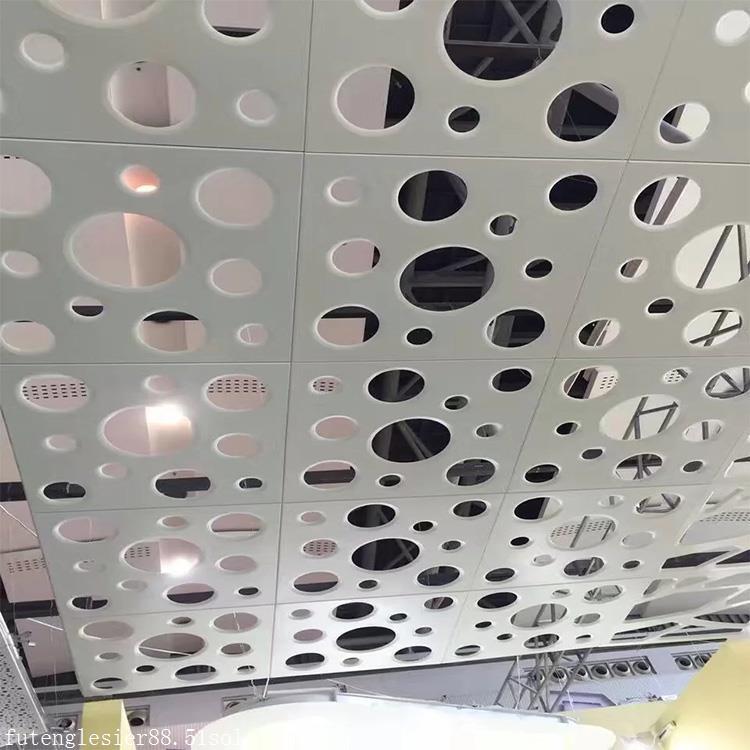
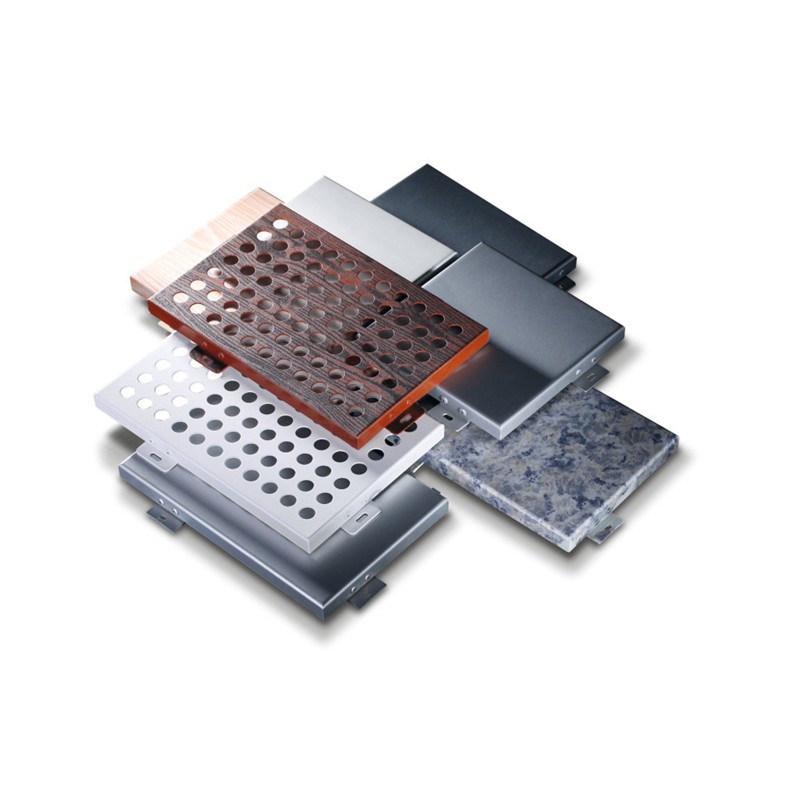
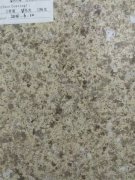
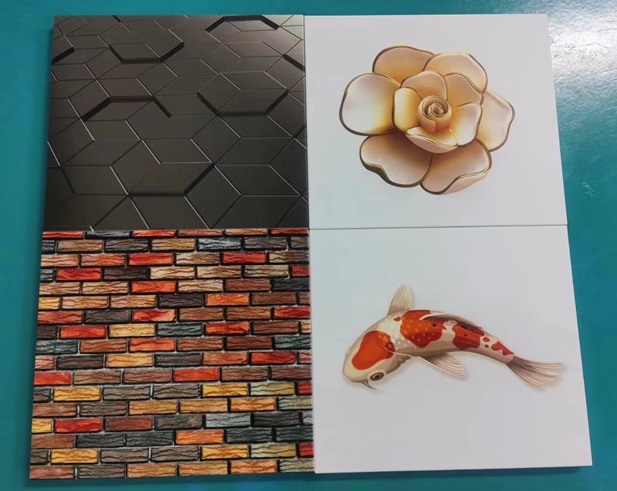
 Customer service QQ
Customer service QQ